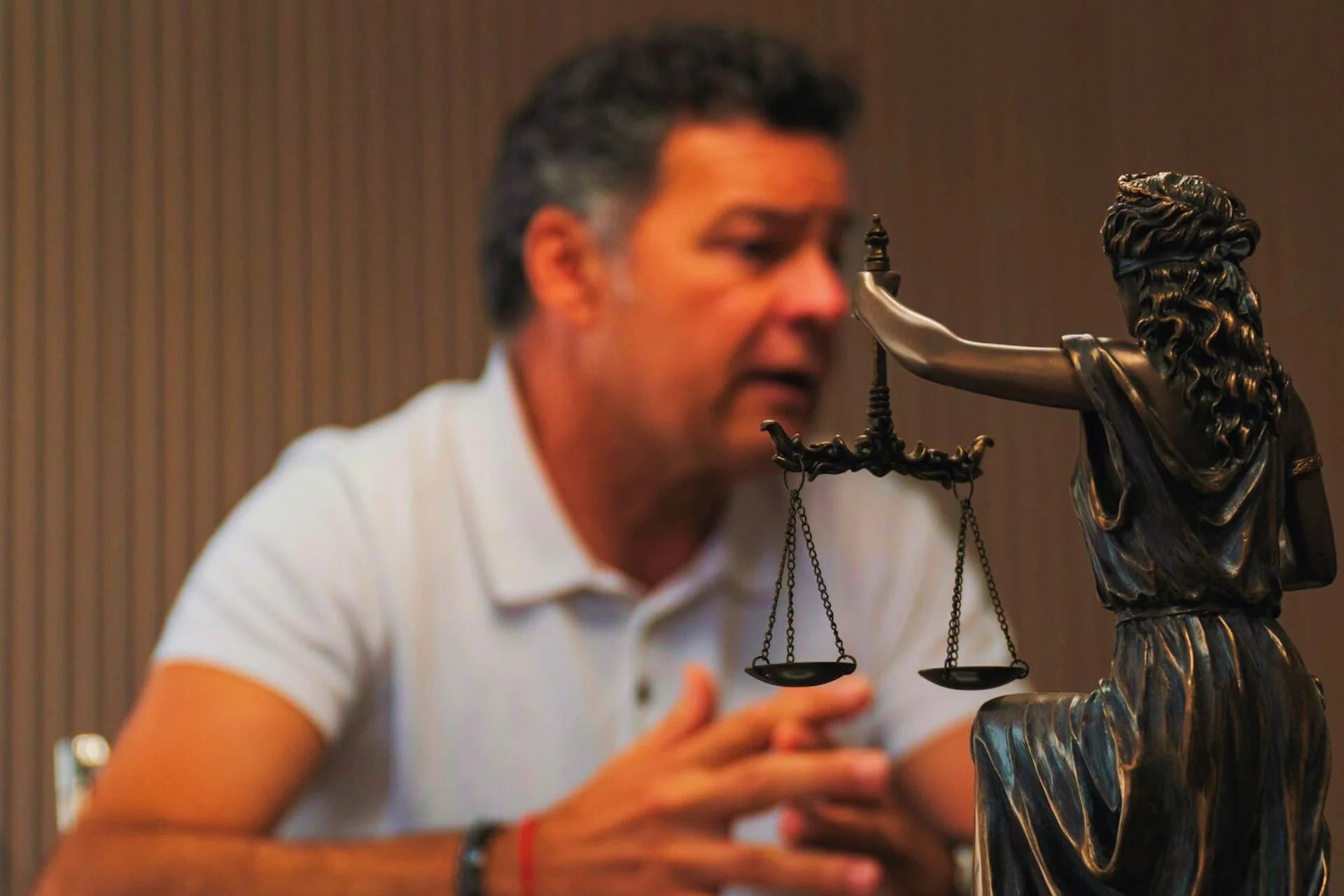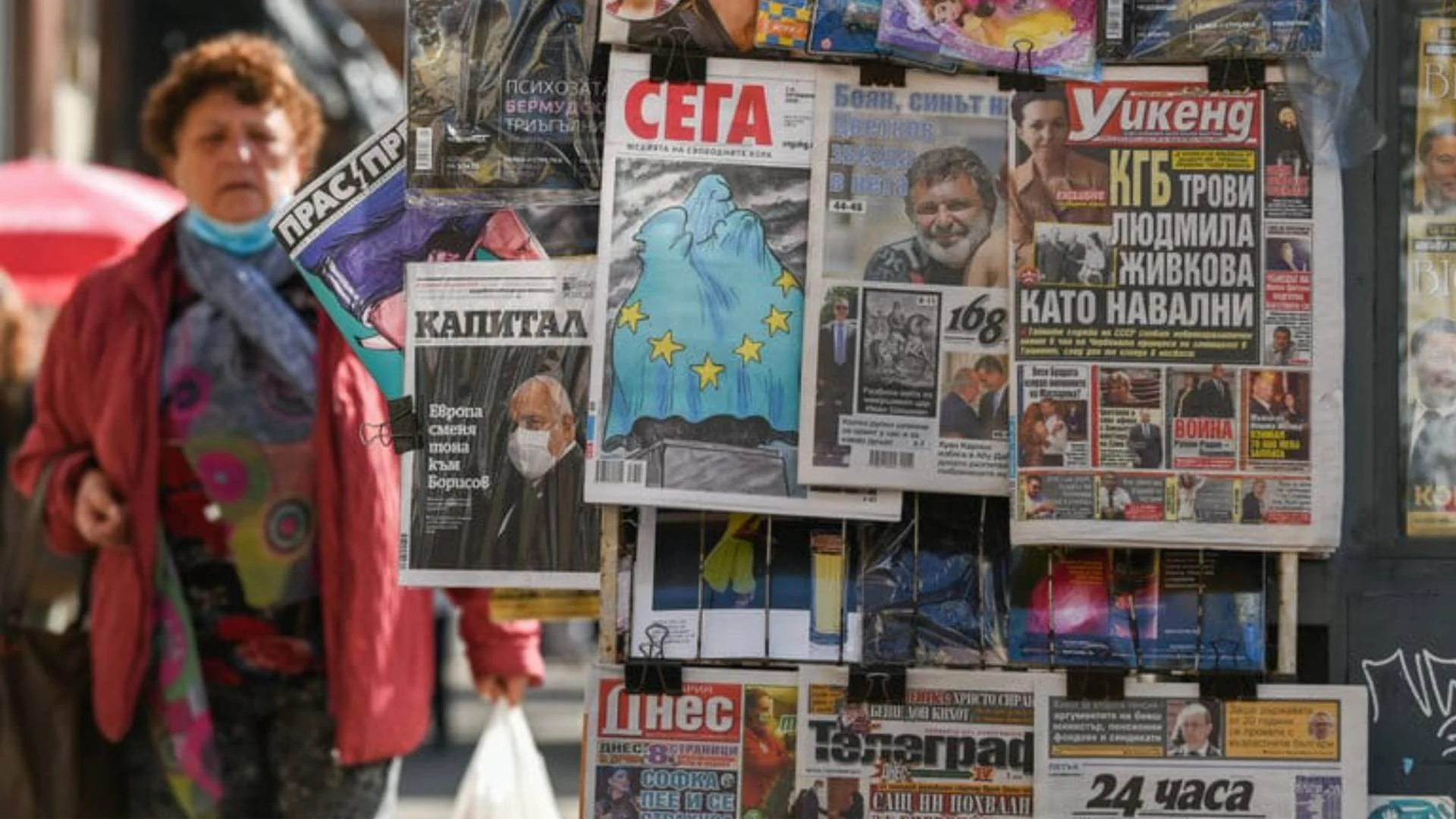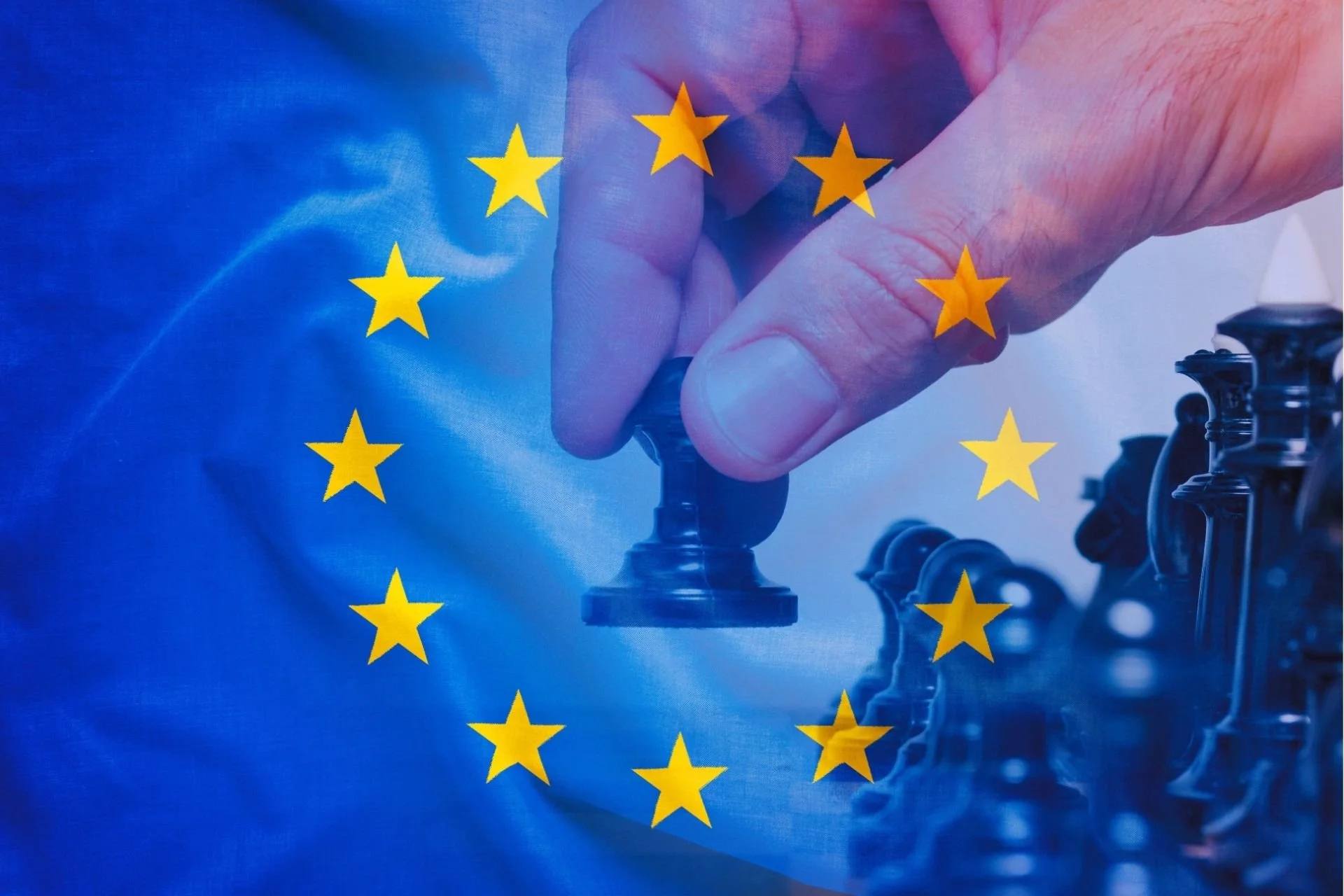Testing the Edges of Europe: Orbán’s Media Model and the Fragility of Liberal Defences
At this week’s online roundtable hosted by the Balkan Free Media Initiative, the conversation turned to a question that has been quietly reshaping the media landscape of Southeast Europe: How deep does Hungary’s influence in the Balkans really go? Beneath “investment” lies a far more deliberate project built in the shadows of regulation and designed to exploit the blind spots of liberal democracy.
Viktor Orbán’s approach to Balkan influence, as outlined in the discussions, focuses on the creation of a “space of authoritarianism and corruption,” a term that encapsulates how economic entanglement and regulatory evasion serve as the currency of power. Instead of frontal assaults or overt censorship, Budapest orchestrates a system of influence built precisely on the absence of transparency. A striking example is the use of shell companies and layered ownership structures that, since 2017, have allowed Hungarian investors to acquire and control local media outlets in Slovenia and North Macedonia with minimal detection. In Slovenia, for instance, a network of companies held stakes just below the threshold requiring regulatory review, a manoeuvre that was only uncovered through investigative journalism.
This strategy of influence resembles a saturation campaign. Robert Nemeth described it as “overwhelming public discourse with a fog of false balance,” in which dissent is not silenced outright but drowned in noise. The goal, he explained, is weakening trust in genuine journalism by flooding the information ecosystem with manipulated content, creating a landscape where the line between fact and fiction becomes indistinct. Such tactics, he argued, are not accidental but a calculated effort to change the fabric of media politics without firing a shot.
Orbán’s Balkan project also reflects a broader pattern of influence-building that extends beyond media into political alliances and soft power exercises that deepen dependency. As BFMI’s report highlights, Hungary’s influence spans from the Serbian president to North Macedonia’s former prime minister and even Hungarian communities in neighbouring countries. Each connection is facilitated through financial aid, media investments, and the strategic placement of influence. These are tools that, in the Hungarian context, have become part of a larger system of “purchase” and “contestation,” where influence is bought and held in the shadows.
Anuška Delić’s reflections on the Slovenian media landscape bring attention to the human costs accompanying this systemic capture. The transformation of funding sources into disinformation outlets that distort debates and personally attack journalists reveals how power dynamics translate into everyday realities for reporters.
Taken together, these perspectives reveal a deep epistemic challenge: Europe treats media freedom as a moral ideal supported by institutions that presume self-correction. Yet Orbán’s Balkan model exposes how rigid adherence to transparency rules without enforcement or interpretation invites exploitation. A democratic system’s strength lies not just in the institutions that exist but in their ability to evolve. Resilience arises from an ongoing capacity to learn, adapt, and transform in the face of efforts to hijack the democratic process, otherwise, even the sturdiest institutions become relics awaiting capture.
Emerging from this analysis is a paradox where Europe’s greatest vulnerability lies within its own legal and normative architecture. By tolerating procedural legitimacy at the expense of substantive transparency, it enables a sophisticated subversion that thrives in institutional grey zones. The Balkans are a reflection of Europe’s struggle to reconcile liberal ideals with emerging realities of power.
The roundtable discussion called for a reimagining of media regulation, cultivating a proactive approach that views media freedom as an evolving infrastructure essential to democratic health. The shadows cast by Budapest’s regional strategy illuminate Europe’s unfinished task that is confronting internal fragilities before they become existential fractures.
Our readers read next:





